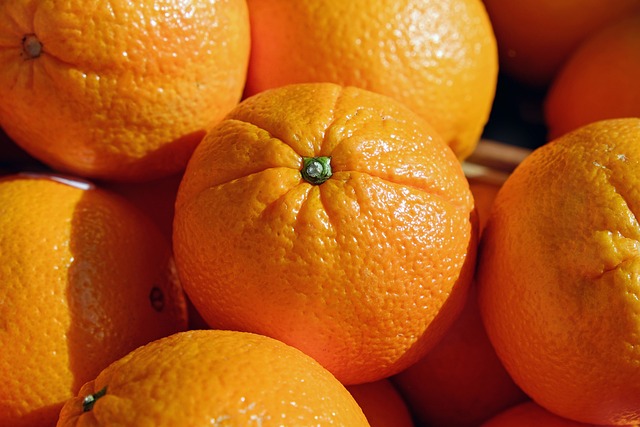From Yogurt to Kombucha: Exploring the Diverse World of Probiotic Foods
Probiotics have gained significant attention in recent years for their potential health benefits. They are live microorganisms
that, when consumed in adequate amounts, offer a range of advantages to the human body. While the most well-known source of
probiotics is yogurt, there is a diverse world of foods that also contain these beneficial bacteria. In this blog post, we
will explore some of the lesser-known probiotic-rich foods and why you might want to include them in your diet.
Kefir
Kefir is a cultured, fermented milk drink originating from the Caucasus. It is made by combining kefir grains with milk,
allowing the fermentation process to take place. The result is a tangy and slightly carbonated beverage filled with an array
of beneficial bacteria and yeasts. Kefir is rich in probiotics, calcium, and vitamins, making it an excellent choice for
promoting gut health. With its creamy texture and slightly sour taste, kefir can be enjoyed on its own or used as a base for
smoothies and salad dressings.
Sauerkraut
Sauerkraut is a fermented cabbage dish that has been enjoyed for centuries. It is made by mixing shredded cabbage with salt
and allowing it to ferment. During fermentation, lactic acid bacteria naturally present on the cabbage break down the sugars
and produce probiotics. Sauerkraut is an excellent source of vitamins C and K, as well as fiber. Its tangy and crunchy
texture makes it a delicious addition to sandwiches, salads, or as a side dish.
Kombucha
Kombucha is a slightly effervescent tea drink that has gained popularity due to its numerous health benefits. It is made by
fermenting sweetened tea with a SCOBY (symbiotic culture of bacteria and yeast). The fermentation process converts the sugars
into organic acids, vitamins, and probiotics. Kombucha is a good source of antioxidants and may aid in digestion and immune
support. With its unique and refreshing taste, kombucha has become a trendy drink option and is available in various flavors.
Miso
Miso is a traditional Japanese seasoning made from fermented soybeans, rice, or barley. It is commonly used in miso soup, but
its applications extend beyond that. Miso contains a diverse range of probiotic strains and is rich in essential minerals and
vitamins. It has a savory and salty taste and can serve as a flavorful addition to marinades, dressings, and stir-fries.
Kimchi
Kimchi is a staple in Korean cuisine and is made by fermenting vegetables, typically cabbage, radish, or cucumber, with
spices and seasonings. The fermentation process not only enhances the taste but also increases the amounts of probiotics,
vitamins, and enzymes present in the dish. Kimchi has a spicy and tangy flavor that adds a kick to any dish. It can be enjoyed
as a side dish, added to rice bowls or used in Korean-inspired wraps.
Tempeh
Tempeh is a plant-based protein source originating from Indonesia. It is made by fermenting soybeans with a mold called
Rhizopus oligosporus. During the fermentation process, beneficial bacteria break down the soybeans and make the nutrients
more accessible. Tempeh is not only a rich source of probiotics but also provides essential amino acids, making it a popular
choice among vegetarians and vegans. With its nutty flavor and firm texture, tempeh can be grilled, stir-fried, or used as a
meat substitute in various dishes.
The Bottom Line
While yogurt remains one of the most well-known sources of probiotics, there is a world of fermented foods that can diversify
your intake of beneficial bacteria. From kefir and sauerkraut to kombucha and miso, incorporating these







